Size app.: 37.3 x 27.1 cm (roughly 14.7 x 10.7 in) and nice baroque frame ca 54 x 44.5 cm (roughly 21.3 x 18 in). Very Good condition, repairs and retouches. Please study good resolution images for overall cosmetic condition. In person actual painting may appear darker or brighter than in our pictures, strictly depending on sufficient light in your environment. Weight of app. 1,8 kg is going to measure some 3 kg volume weight packed for shipment.
Jozef lsraёls, who grew up in Groningen (Netherlands) in а simple Jewish environment , went to the Kweekschool and from the age of 15 to the French School. ln the meant ime, he already took drawing and painting lessons at the Minerva Academy. At the age of eighteen, Joseph moved to Amsterdam, where he studied at Jan Adam Kruseman's studio and also attended evening classes at the Royal Academy under Jan Willem Pieneman. He also received training at the Ecole des Beaux-Arts in Paris, returning to Holland in 1847. After 1871, when he went to live in The Hague, he became close friends with Hendrik Willem Mesdag. Together t hey were involved in the founding of the Hollandsche Teekenmaatschappij in 1876. lsraёl's was one of the first members of Pulchri Studio. As one of the older painters of the Hague School, lsraёl's was known for his open mind and his great interest in new expressions in literature and visual arts, and, during his lifetime, "the most respected Dutch artist of the second half of the nineteenth century". His earliest works were romantic historical paintings, but after staying at Zandvoort in 1855 he concentrated on scenes with fishermen or peasants - which recall works by his contemporaries in France, especially Millet and Daumier. lsraёls working method was widely adopted in the 19th century, both with Dutch painters such as Van Gogh and Mondriaan, and with foreigners such as Мах Liebermann. In his later years Israëls lived in The Hague and became internationally famous, exhibiting in Paris and London as well as in Holland. In The Hague Jozef had а studio built with а 'fisherman's corner' and an Old Dutch window. Figures posed in а certain way posed in f ront of that window. This resulted in port raits and interiors with beautifu l light and dark effects. His later works include The Widower (in the Mesdag collection), When we grow Old, Peasant Family at the Table and Alone in the World (Van Gogh Museum / Amsterdam Gallery), An Interior (Dordrecht Gallery), A Frugal Meal (Glasgow museum), Toilers of the Sea, Speechless Dialogue, Between the Fields and the Seashore, The Bric-a-brac Seller (which gained medals of honor at the great Paris Exhibition of 1900).











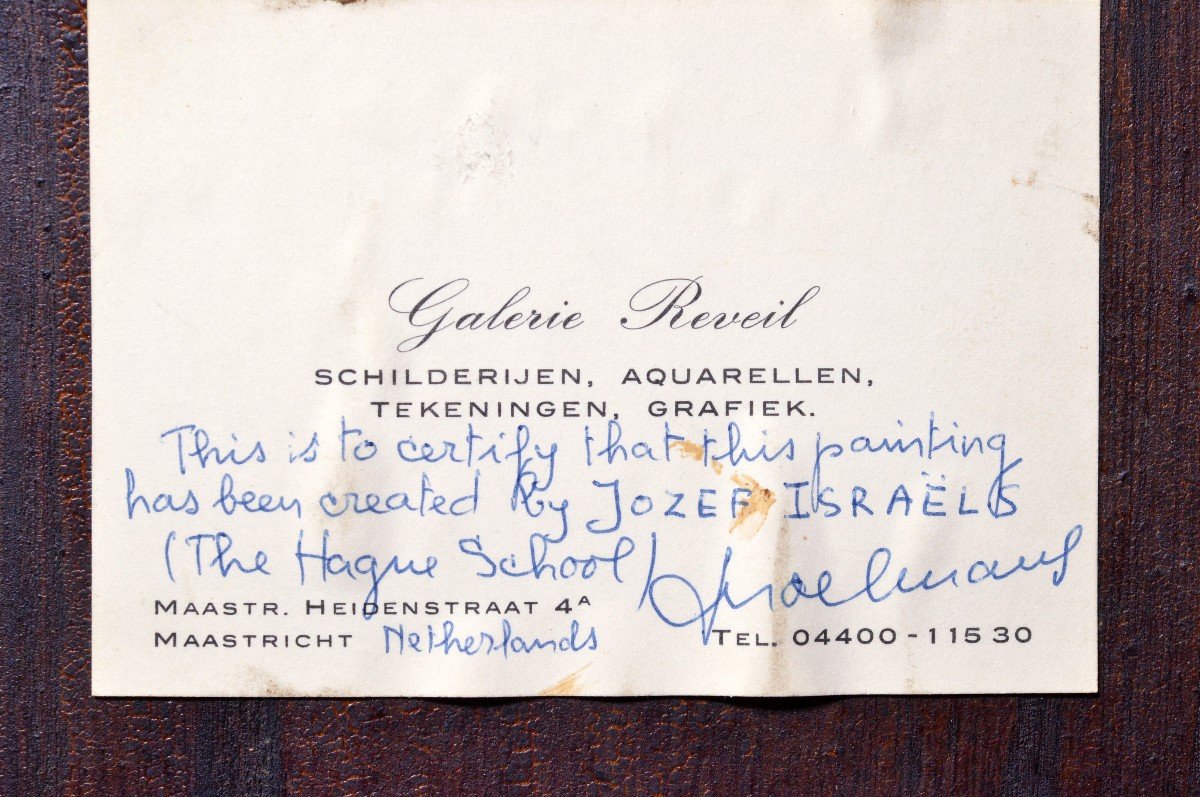


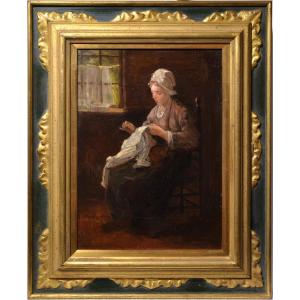














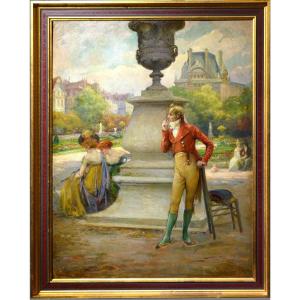
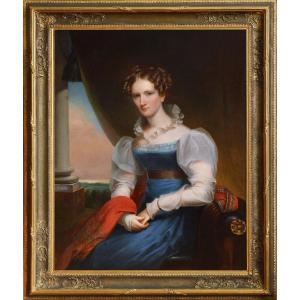



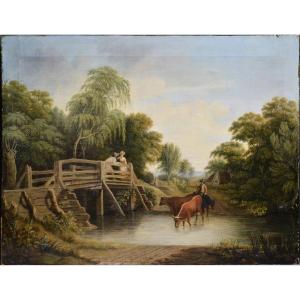

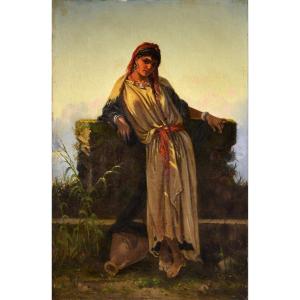





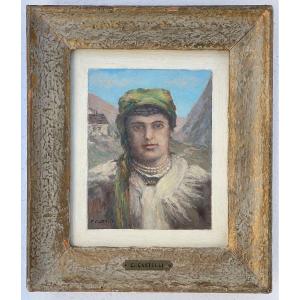



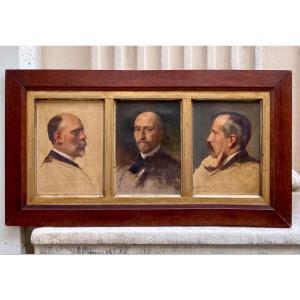



 Le Magazine de PROANTIC
Le Magazine de PROANTIC TRÉSORS Magazine
TRÉSORS Magazine Rivista Artiquariato
Rivista Artiquariato